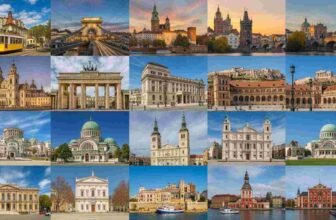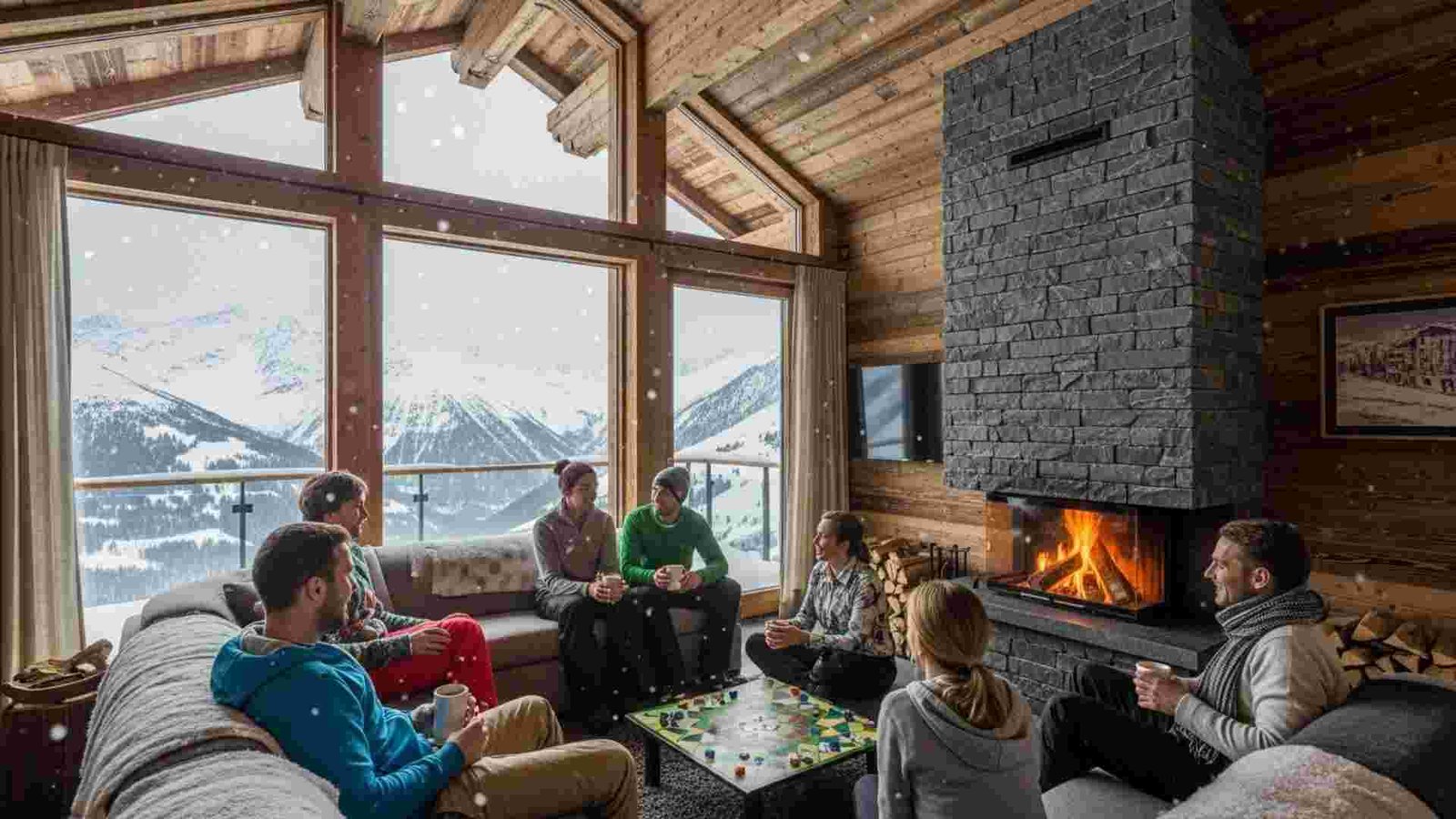

The hum of laughter, the clink of glasses, and the shared awe of a sunset that paints the sky in colors you didn’t know existed—these are the moments that make us feel alive. Yet, as life gets busier in our 30s, those moments seem harder to find.
But what if travel could bring those connections back? Group trips offer more than just an escape; they can help you rediscover bonds that time and distance have frayed. In this guide, we’ll explore 12 destinations where friendship, adventure, and unforgettable memories await—places that promise to make your 30s less lonely, one shared journey at a time.
1. Greece
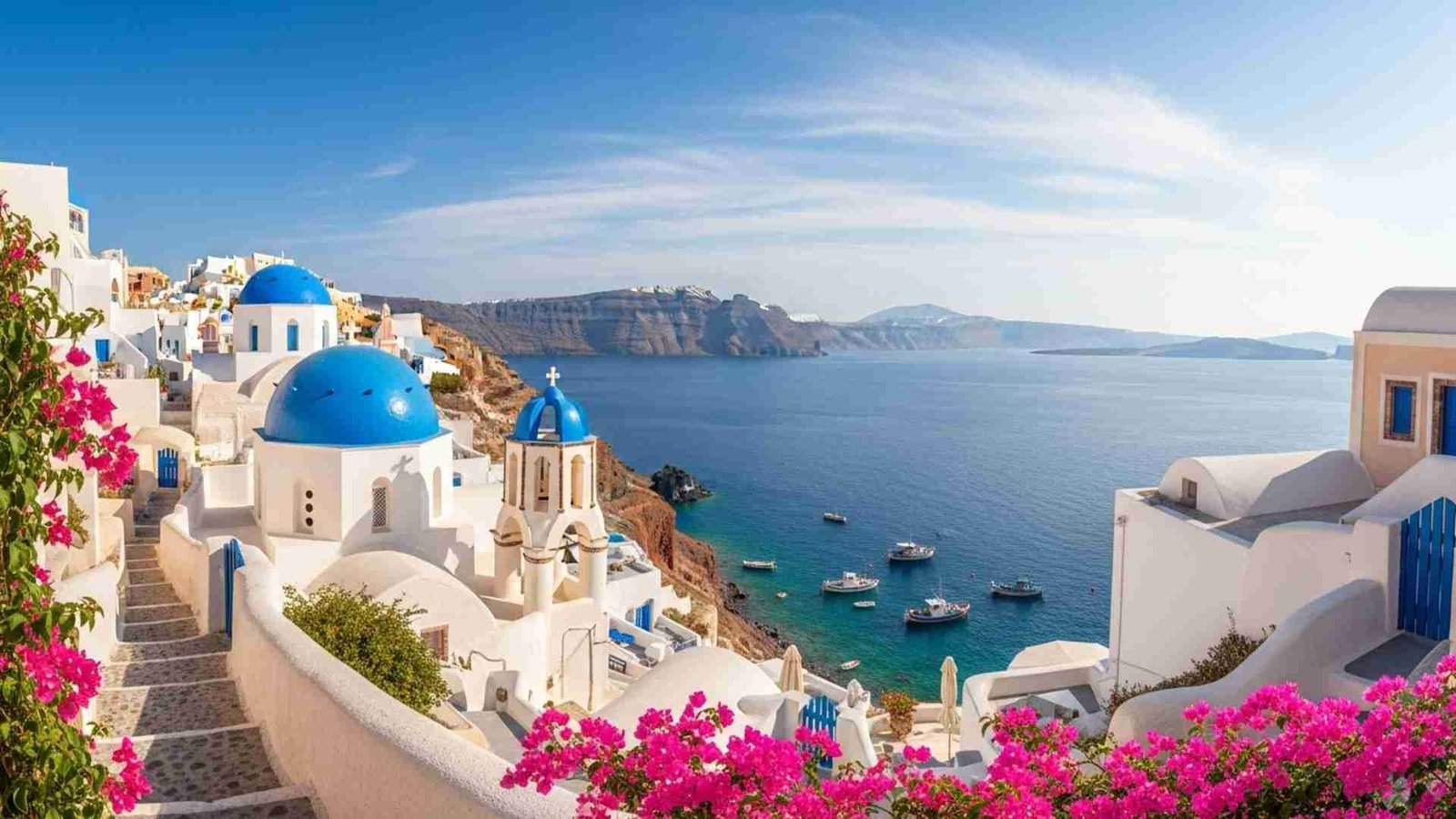
Greece has long been a dream destination for group trips, especially if you’re looking for a place that balances adventure, culture, and relaxation. The combination of history, stunning landscapes, and vibrant social life makes it perfect for reconnecting with friends. From exploring the ancient ruins of Athens to enjoying the laid-back vibes of Santorini, there’s something here for every type of traveler.
Whether you’re sailing between islands, digging into fresh seafood, or watching a sunset over the Mediterranean, it’s a place that fosters new memories and deeper bonds.
Practical Information
- Peak/Off-Peak Seasons: Late spring (May–June) and early fall (September–October). The weather is warm but not too hot, and the crowds are manageable.
- Getting There & Exploring: Fly into Athens and take ferries to the islands. Santorini, Mykonos, and Crete are popular, but islands like Paros and Naxos are less crowded and just as beautiful.
- Must-Do Experiences: Visit the Acropolis and explore the Parthenon. Watch the sunset from Oia and enjoy a glass of local wine.
- Budget: Greece can be affordable, but some of the more touristy islands can get pricey. Smaller islands and local tavernas offer budget-friendly options for food and lodging.
2. Japan

Japan blends ancient tradition with modern living in a way that feels both familiar and exciting. If you’re looking to experience something truly unique, Japan provides endless opportunities to bond with friends. From the neon-lit streets of Tokyo to the tranquil temples in Kyoto, every corner offers a new adventure. And the food? It’s a whole other level. Japan is a place where every experience—whether it’s visiting a shrine, exploring a bustling market, or trying your hand at sushi-making—feels special.
you’ll find world‑class transport (bullet trains!), a blend of lively cities and peaceful countryside, and huge appeal for everyone in the group even if you have slightly different travel styles. One person wants tech and neon Tokyo, another wants temples and calm in Kyoto—Japan handles that.
Practical info:
- Peak/Off‑peak: Cherry blossom season (March–April) and autumn foliage (Oct–Nov) are gorgeous but crowded. If you want more space, consider early winter or even low‑season spring.
- Getting there & exploring: Fly into Tokyo or Osaka. Use the JR Pass to travel between regions. For rural and off‑beat spots, rent a car or use local trains.
- Ideal duration: 10‑14 days lets you hit Tokyo, Kyoto, maybe a smaller town/hot‑spring stay.
- Budget tips: Cities can be expensive, but capsule hotels, hostels, and local eateries make things manageable.
- Cultural etiquette tip: Politeness matters. For a group: remove shoes at genkan, speak softly in trains, check local rules at temples. It adds to the bond when you all try “this new culture” together.
- Photography moments: Fushimi Inari’s red gates in Kyoto, Shibuya Crossing at night, cherry blossoms (if you time it), Mt Fuji views from Hakone.
3. Croatia
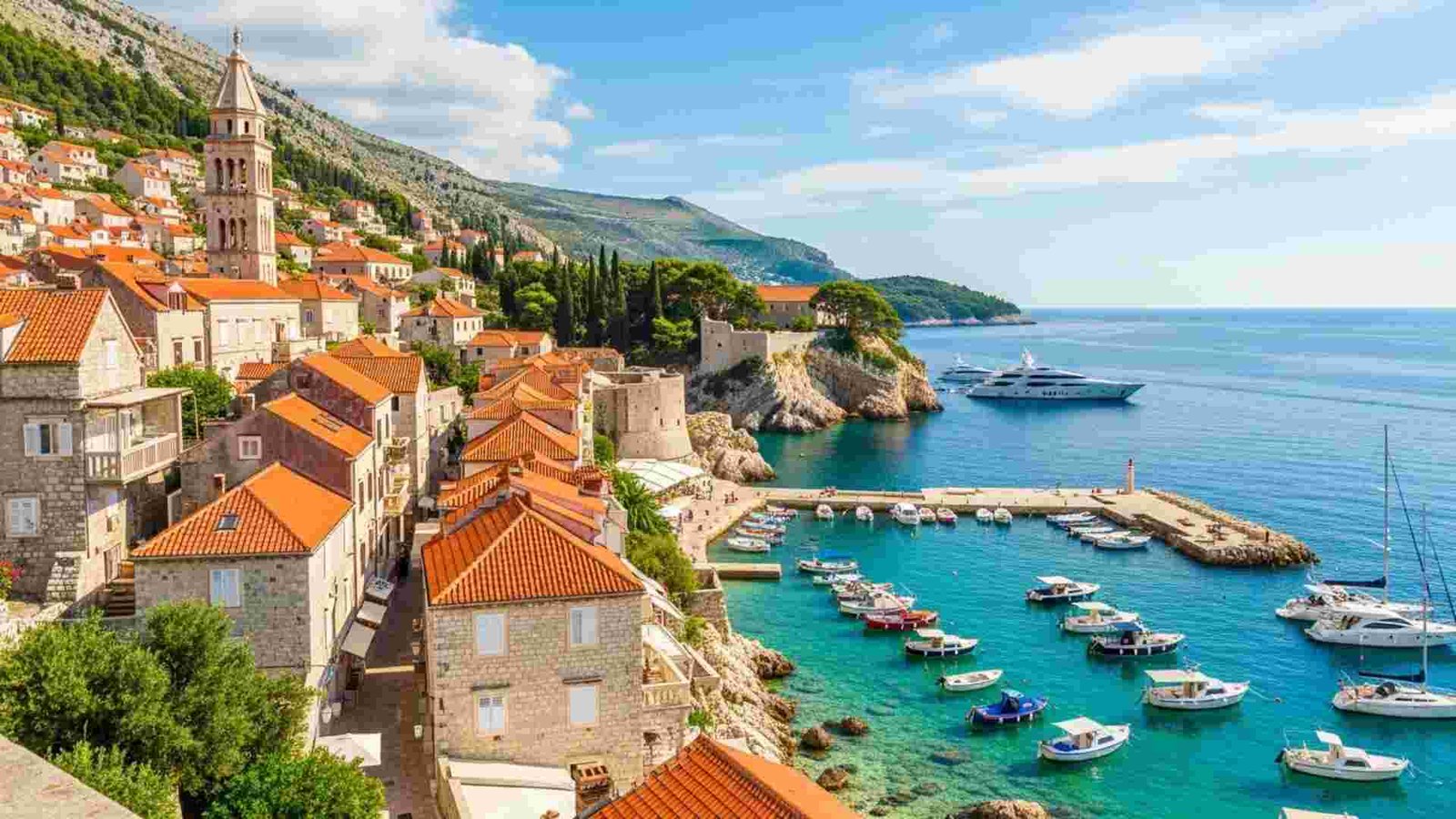
Croatia is punching above its weight. Up to 20 August 2025 it recorded about 15.5 million tourist arrivals and 79.2 million overnight stays — a strong signal that it’s heading for a record year. For June 2025 alone: 3.3 million arrivals and 16.2 million overnight stays, up 9% and 12% respectively over June 2024.
Croatia offers coast + islands + medieval towns + nature all in one. One friend wants beach time, another wants history, another wants hiking — you can do all of that. And with the tourism numbers growing but not overwhelming yet (in many spots) you’ll feel like you found something a little special.
Practical info:
- Peak/Off‑peak: Late spring (May–June) or early autumn (Sept–Oct) offer great weather and fewer crowds compared to high summer.
- Getting there & exploring: Fly into Dubrovnik or Split. Then ferries to islands like Hvar, Brač. Rent a car to visit national parks inland.
- Ideal duration: 7‑10 days gives you coastline/island + historic town + nature time.
- Budget tips: Less expensive than many Western European hotspots, especially if you stay off the main tourist track or visit just outside peak months.
- Cultural etiquette tip: Friendly locals; but in historic towns, be respectful of ancient sites (quiet voices, no litter). A little local phrase or two goes a long way.
- Photography moments: The terracotta‑roof walled Old Town of Dubrovnik, sunset from Hvar harbor, boat shots in Plitvice Lakes.
4. Morocco
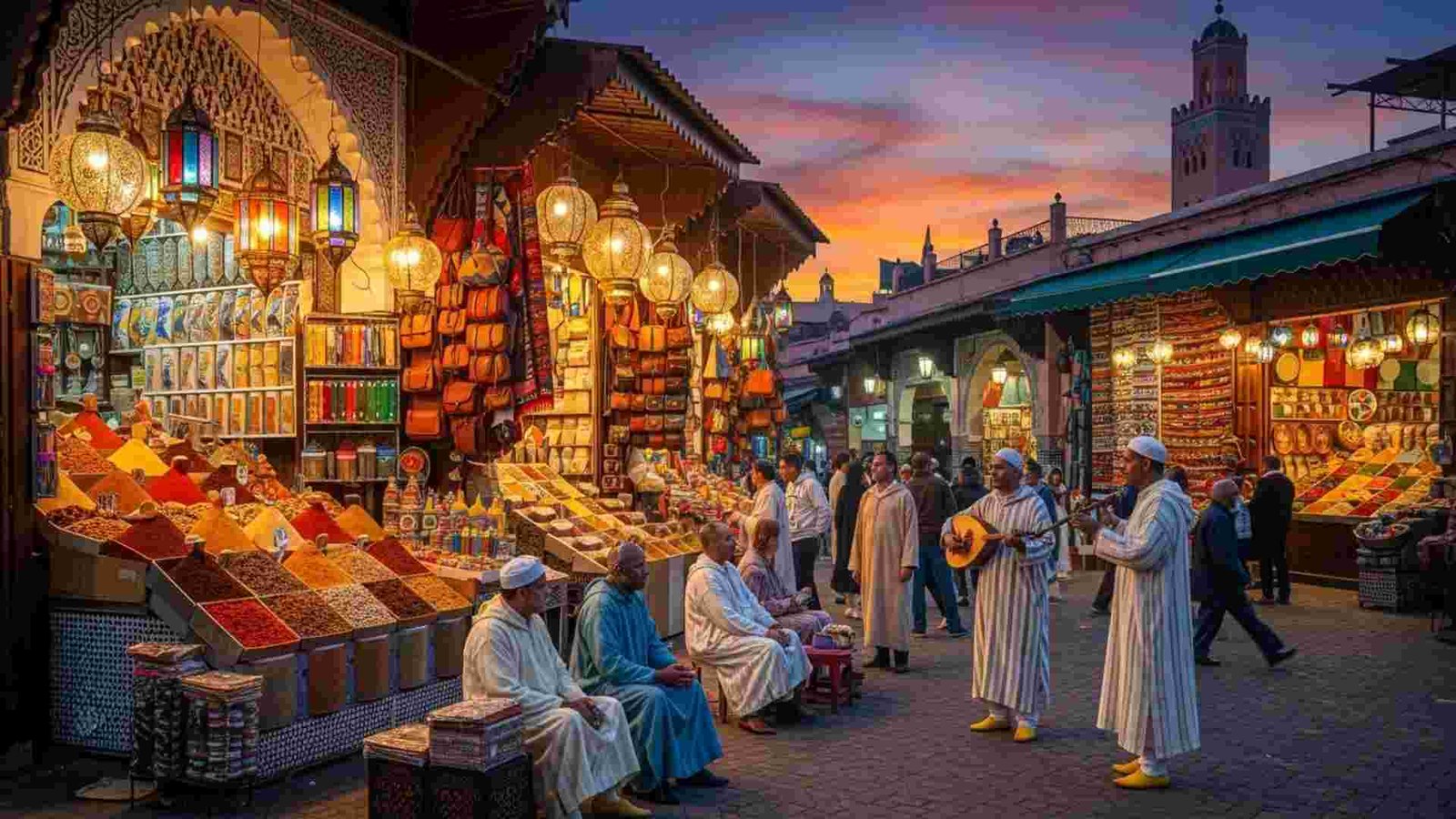
Morocco brings a different flavor—more exotic, more texture, more “we’ll talk about this one when we’re home” moments. You’ve got the bustle of cities like Marrakech, the vast calm of the Sahara, the coastal cool of places like Essaouira. All of it gives a group plenty to experience together and plenty of stories to bring home.
The stats are less headline‑driven than the others, but tourism infrastructure has been improving steadily and the price‑point often offers strong value for groups.
Practical info:
- Peak/Off‑peak: Spring (March–May) and autumn (Sept–Nov) are ideal. Summer can be too hot in inland areas; winter nights get chilly in the desert.
- Getting there & exploring: Fly into Marrakech (most common). From there you can do desert tours (Merzouga), mountain treks (Atlas Mountains), coastal towns. For island‑hopping style adventure, you’ll plan a bit more but that’s part of the fun.
- Ideal duration: 7‑10 days gives you Marrakech + desert stay + a coastal or mountain stop.
- Budget tips: Very affordable compared to many western destinations. Guesthouses and riads are charming and cost‑effective for groups. Street food and local cafés are budget‑friendly.
- Cultural etiquette tip: Morocco is predominantly Muslim—dress modestly in towns, ask before photographing people in souks, negotiate respectfully. For a group, this shared awareness can strengthen connections.
- Photography moments: Camel ride in the Sahara at sunset, vibrant spice stalls in Marrakech, blue‑washed alleys of Chefchaouen.
5. Spain (Barcelona/Andalusia)
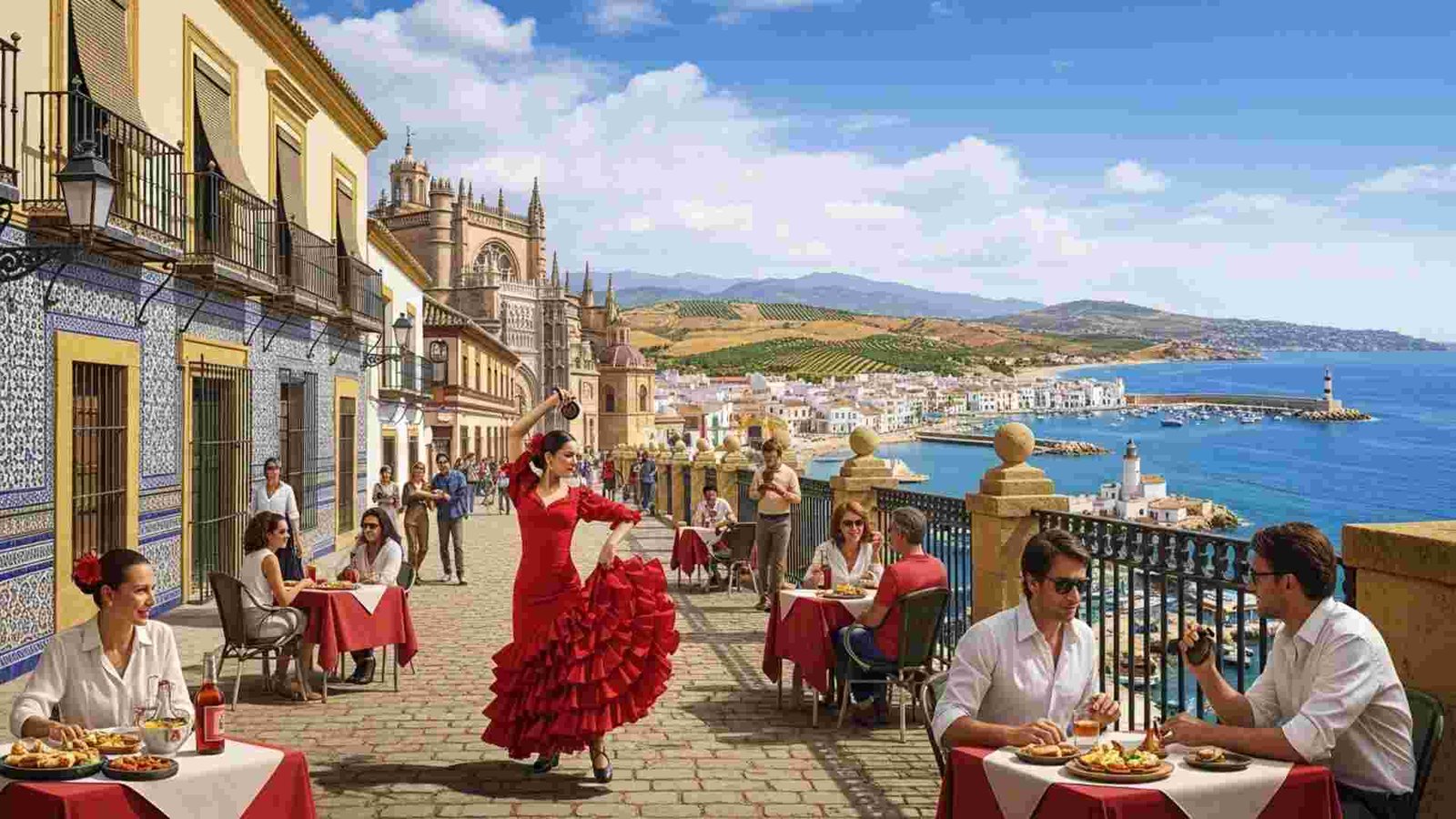
Spain is a familiar favourite for many, yet it still offers so much variety that a friend‑group trip can feel fresh and new. Whether you’re in Barcelona enjoying Gaudí architecture and Mediterranean beaches, or in Andalusia soaking up Moorish history and tapas nights in Seville and Granada, there’s abundant opportunity for bonding over new shared experiences.
Spain is a dream destination for any group seeking a mix of vibrant culture, mouth-watering food, and scenic beauty. Whether you’re soaking up the energy in Barcelona, enjoying tapas in Seville, or relaxing in the sunny countryside of Granada, Spain provides the perfect setting for a trip with friends. From historical landmarks like La Sagrada Familia to stunning coastlines along Costa Brava, the diversity of experiences will keep everyone entertained and engaged.
Practical info:
- Peak/Off‑peak: Spring (April–June) and autumn (Sept–Oct) hit the sweet spot for good weather and fewer tourists. Summer gets hot (especially in Andalusia) and crowded.
- Getting there & exploring: Fly into Barcelona or Madrid. Use Spain’s excellent rail network or rent a car for smaller towns in Andalusia. Mix city + countryside + coast.
- Ideal duration: 10‑14 days allows city (Barcelona), historic region (Andalusia towns) + maybe a beach or two.
- Budget tips: Great value for groups when you stay in mid‑range hotels or shared apartments. Tapas bars and local markets give delicious meals without breaking budgets.
- Cultural etiquette tip: Spain is relaxed and friendly; but keep in mind local rhythms (late dinners, siesta zones). Learning a few Spanish phrases goes far.
- Photography moments: Roof view from La Sagrada Familia, alleyways of Seville’s old quarter, Alhambra at dusk in Granada.
6. Mexico (Yucatán)
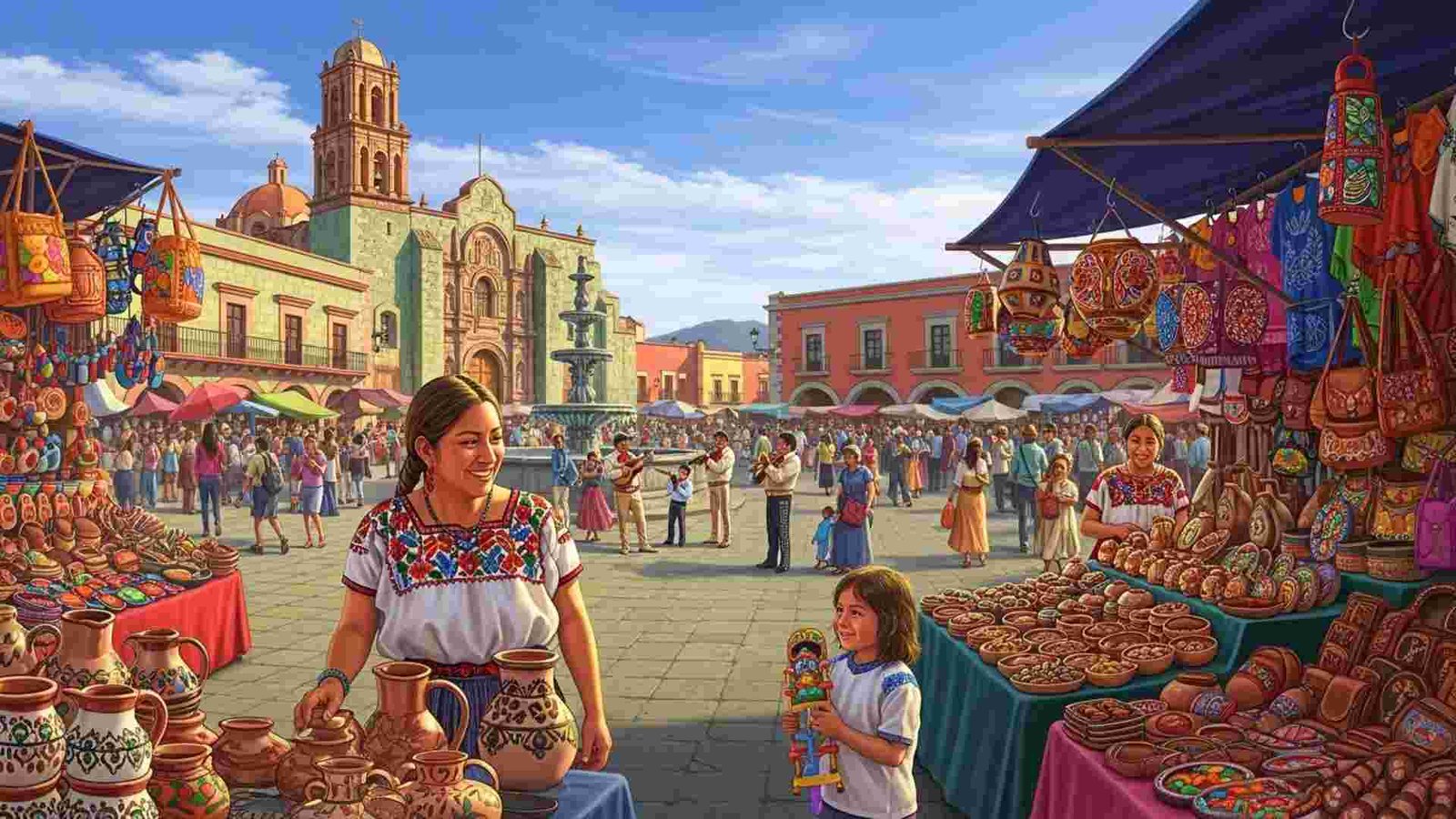
Mexico’s Yucatán Peninsula is often overshadowed by the allure of places like Cancun or Mexico City, but it’s a goldmine for group trips seeking history, culture, and natural beauty. Beyond the beaches, the region is home to ancient Mayan ruins like Chichen Itza and Tulum, cenotes that are perfect for swimming, and charming colonial cities like Mérida. Think about this: a day spent exploring the ruins, followed by a swim in a turquoise cenote, topped off with a hearty dinner of local Yucatecan food. The vibrant Mayan culture, rich with centuries of history, will offer your group memories to cherish.
While Cancun and Playa del Carmen often steal the spotlight, don’t miss out on the quiet beauty of smaller towns like Valladolid, where time seems to slow down. The area is home to colorful colonial buildings and secluded cenotes that remain less crowded than the typical tourist sites.
Practical Information
- Best Time to Visit: December to April (dry season, ideal for outdoor activities).
- Getting There & Exploring: Fly into Mérida or Cancun, then rent a car to explore the peninsula’s less-visited gems.
- Ideal Duration: 5–7 days. With this amount of time, you can hit the major Mayan ruins and experience the small towns.
- Must-Do Experiences: Visit Cenote Suytun in Valladolid, swim in Cenote Ik Kil near Chichen Itza, and try local specialties like cochinita pibil.
- Budget: Mexico is very affordable—group stays in charming haciendas can be surprisingly cost-effective. Public transport is easy, and food is delicious and inexpensive.
7. Peru
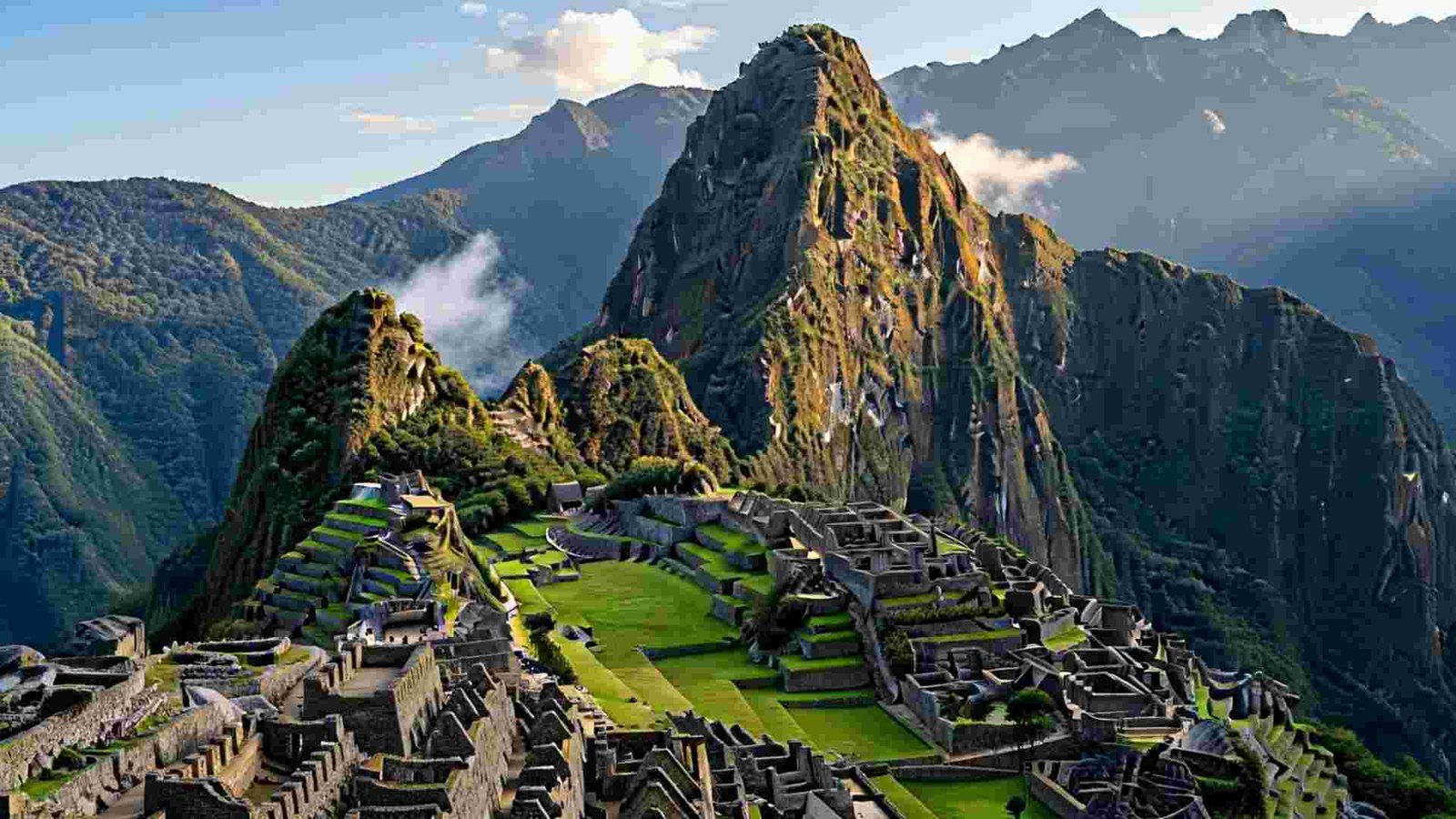
Peru is more than just Machu Picchu—though, let’s be real, that’s a pretty big draw for any group of adventurers. The Sacred Valley is full of rich culture, ancient Inca sites, and charming towns. But here’s the twist: Peru offers less-traveled experiences, like hiking through Colca Canyon (twice as deep as the Grand Canyon) or exploring the high-altitude salt flats at Maras. Peru’s culinary scene is a delicious surprise, with ceviche, pisco sours, and gourmet dining at places like Central Restaurant in Lima.
For a more immersive experience, get off the beaten path and venture into Arequipa. The city is known for its volcanic-sandstone architecture and Colca Canyon, where you can see condors in flight. This region is less crowded, offering a more authentic and quiet experience.
Practical Information
- Best Time to Visit: The dry season (May–October) is perfect for hiking and outdoor exploration.
- Getting There & Exploring: Fly into Lima or Cusco, then take buses or trains to Sacred Valley, Machu Picchu, or the Colca Canyon.
- Ideal Duration: 7–10 days. This gives you ample time to explore Machu Picchu, Cusco, and the Sacred Valley.
- Must-Do Experiences: Trek the Inca Trail to Machu Picchu, visit the Nazca Lines, and hike Colca Canyon for stunning views of condors.
- Budget: Peru can be very affordable, especially outside the main tourist spots. Accommodations are reasonable, and food (especially street food) is inexpensive.
8. Thailand
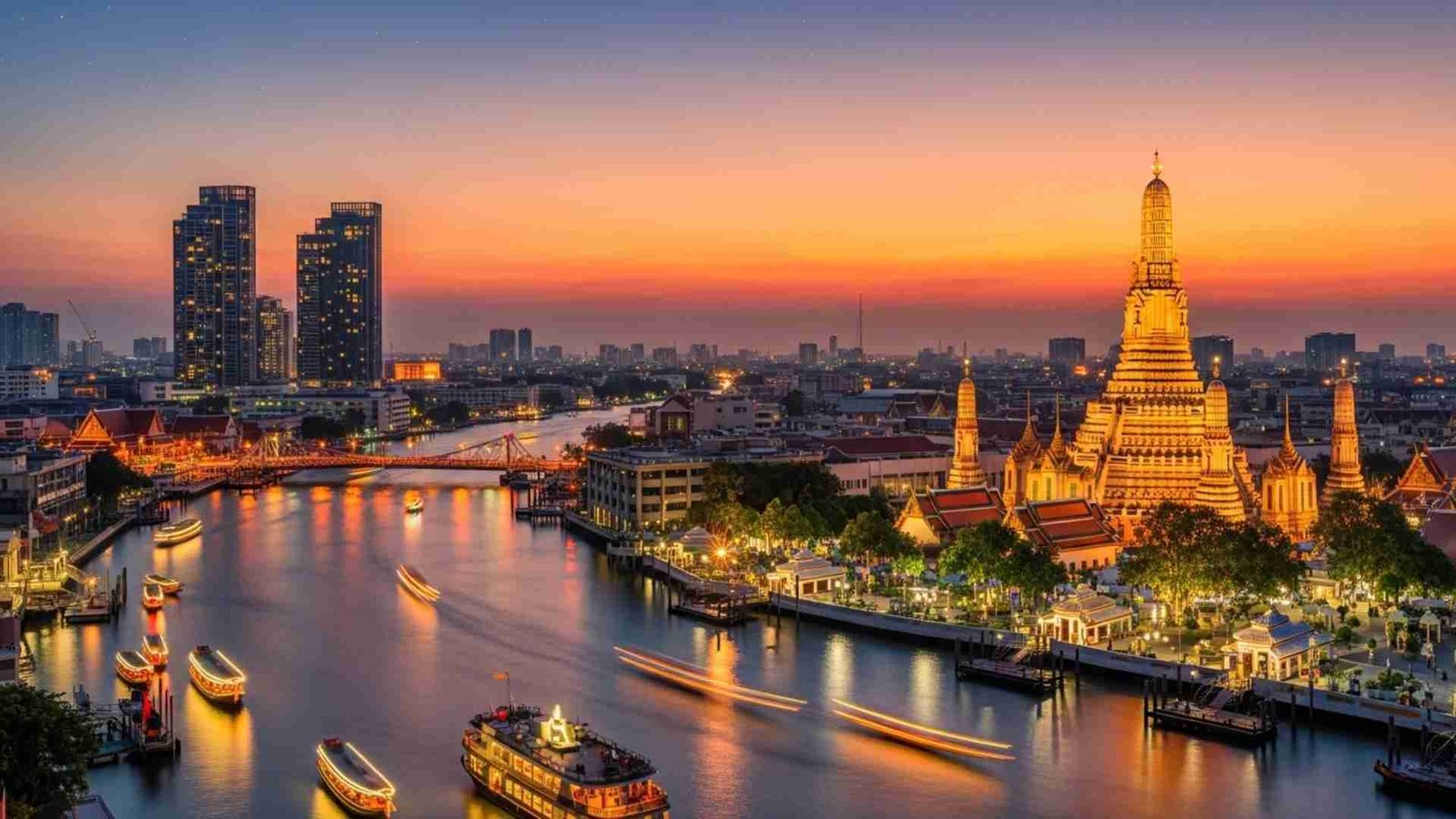
Thailand has long been a backpacker’s paradise, but it’s also perfect for groups of friends seeking a mix of adventure, relaxation, and culture. Bangkok is a chaotic blend of street food, temples, and neon lights, but head to Chiang Mai for mountain treks and serene temples, or to Phuket and Koh Phi Phi for beaches. The real magic happens when you balance the party vibes with cultural experiences like cooking classes or Muay Thai training. Thailand can offer everything you need for a fulfilling, adventurous trip—all while being incredibly affordable.
You’ve heard of Bangkok and the beach parties in Koh Samui, but don’t overlook Pai. A laid-back town in the mountains, Pai offers hot springs, waterfalls, and a relaxed vibe. It’s perfect for a group that wants a quiet, nature-filled escape with plenty of charm.
Practical Information
- Best Time to Visit: November to February (cooler, dry season).
- Getting There & Exploring: Fly into Bangkok, then hop a flight to Chiang Mai or Phuket for different regional experiences. Renting a scooter is common for getting around smaller towns.
- Ideal Duration: 7–10 days, which gives you time to explore the culture in Chiang Mai, the bustling city life in Bangkok, and time on the beaches.
- Must-Do Experiences: Take a cooking class in Chiang Mai, visit Wat Pho in Bangkok (home of the Reclining Buddha), or swim in the crystal-clear waters of Koh Phi Phi.
- Budget: Thailand is one of the best values in Southeast Asia. Street food is delicious and cheap, and group accommodations can be found at reasonable prices.
9. Vietnam & Cambodia
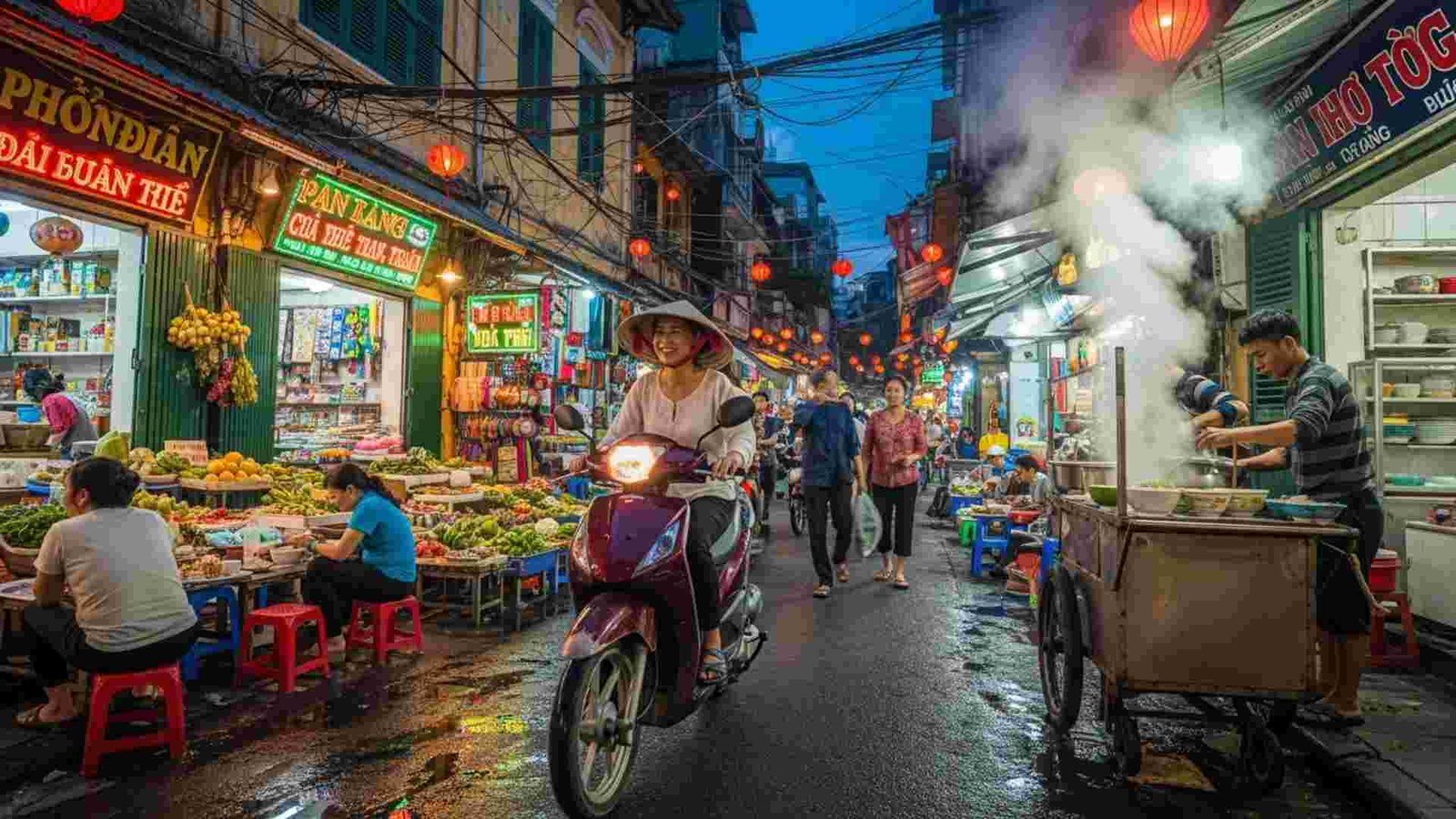
Vietnam and Cambodia, often grouped together, offer an incredibly rich cultural experience for those seeking something unique. Imagine cruising through Halong Bay in Vietnam or exploring the awe-inspiring Angkor Wat temples in Cambodia. These destinations provide a mix of historical depth, breathtaking nature, and unforgettable experiences like eating pho in Vietnam or cycling through the rice paddies in Cambodia. If you’re into history, the Cu Chi Tunnels in Vietnam and the Killing Fields in Cambodia are eye-opening but essential stops to truly understand the region’s past.
Vietnam’s Hoi An offers a charming, slow pace of life compared to the hustle of Hanoi or Ho Chi Minh City. It’s filled with lantern-lit streets, delicious street food, and handmade goods. Siem Reap, while known for Angkor Wat, has a lot of hidden gems—like the Tonle Sap Lake—offering a different vibe.
Practical Information
- Best Time to Visit: November to April (dry season).
- Getting There & Exploring: Fly into Ho Chi Minh City (Vietnam) or Phnom Penh (Cambodia) and then use buses or trains to get to the major cities and sights. Renting bicycles or tuk‑tuks makes exploring smaller towns easier.
- Ideal Duration: 7–10 days will give you time to soak in both countries’ diverse experiences.
- Must-Do Experiences: Visit Angkor Wat in Cambodia, cruise Halong Bay in Vietnam, and stop at the Cu Chi Tunnels.
- Budget: Vietnam and Cambodia are very affordable, with accommodations, food, and local transportation costing little compared to Western standards.
10. Colombia
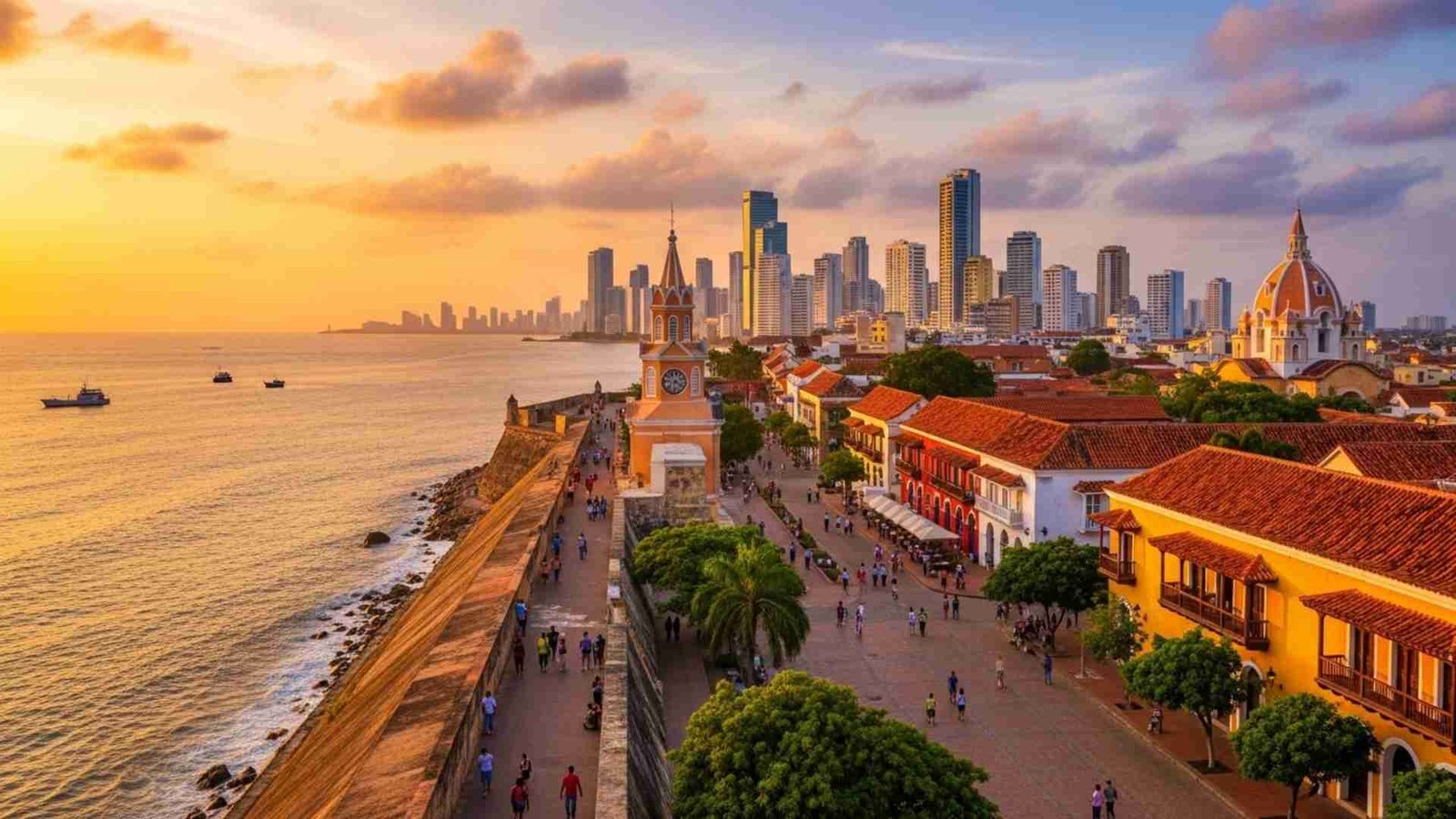
Colombia is often misunderstood, but it’s a dream destination for group travel. From the bustling streets of Bogotá to the Caribbean vibe of Cartagena or the lush Coffee Triangle, Colombia offers unexpected beauty and vibrant culture. Imagine salsa dancing in Cali, hiking up the Lost City (Ciudad Perdida) in the Sierra Nevada mountains, or relaxing on the beaches of San Andres Island. Colombia’s diversity—culturally, geographically, and socially—is what makes it stand out as a group destination. It’s not just about the sights; it’s about the vibe.
While Cartagena is popular for beach lovers, the town of Santa Marta offers quiet beauty and easy access to natural wonders like Tayrona National Park and Ciudad Perdida. This quieter corner of Colombia is perfect for groups wanting adventure without all the crowds.
Practical Information
- Best Time to Visit: December to March (dry season) is ideal for the beaches, while September–November offers lower prices but occasional rain.
- Getting There & Exploring: Fly into Bogotá or Cartagena, then take domestic flights to coastal cities or the mountains. Rent a car or hire private transportation for more remote regions.
- Ideal Duration: 7–10 days. Spend a few days in the city and then head to natural destinations or beaches.
- Must-Do Experiences: Salsa dancing in Cali, hiking to Ciudad Perdida, visiting the beautiful beaches of San Andres.
- Budget: Colombia is affordable. You can stay in charming boutique hotels or hostels, and meals are tasty and inexpensive.
11. Vietnam’s Mekong Delta
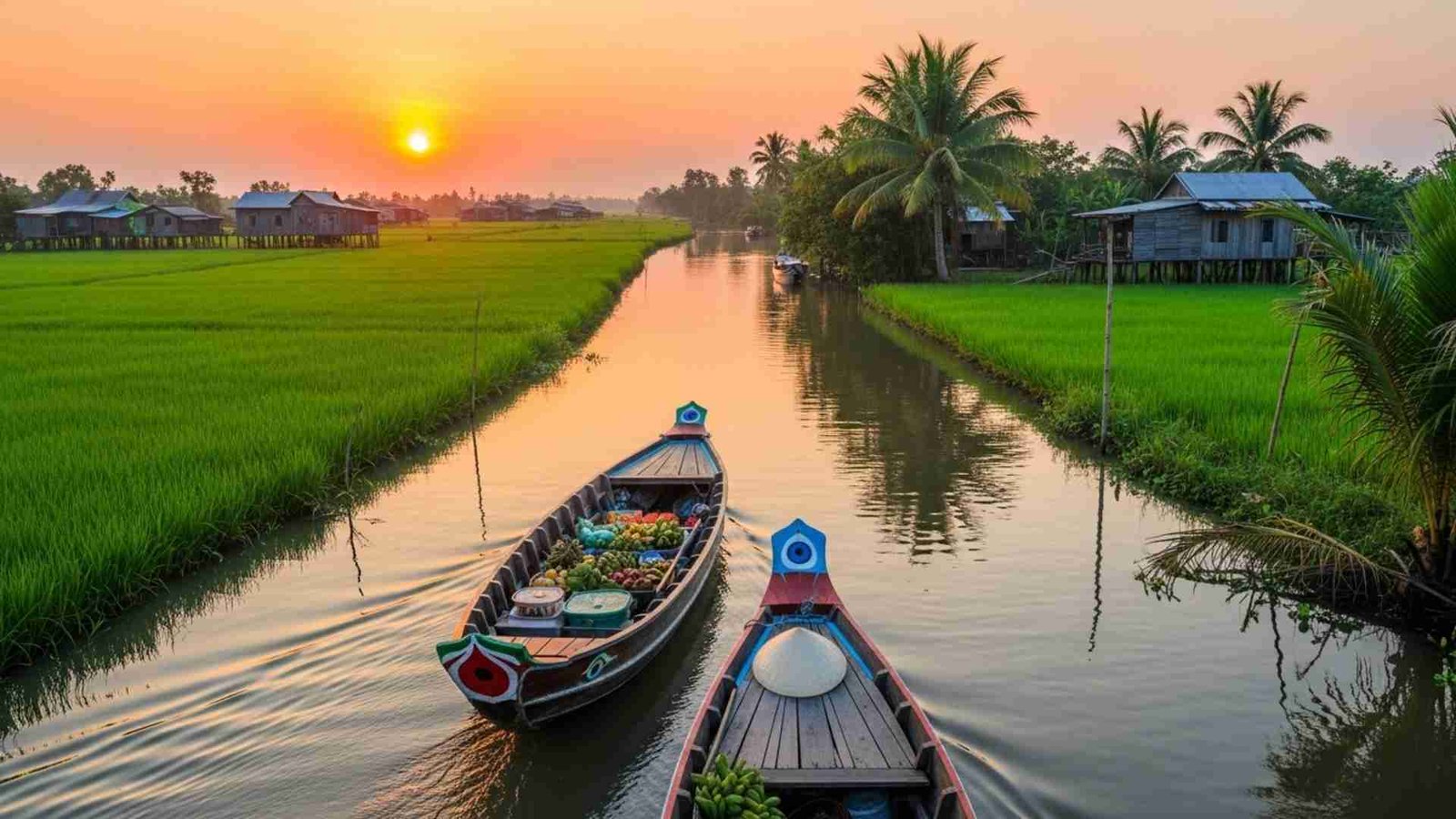
the lush green expanse of Vietnam’s Mekong Delta, where life moves at a slower, quieter pace. Known as the “Rice Bowl” of Vietnam, this labyrinth of waterways, small towns, and floating markets is an absolute hidden gem for anyone seeking peace and authenticity. It’s a place where time stands still, and the chatter of the bustling cities fades into the background.
most visitors zip through the big cities, ignoring the quieter, more reflective beauty of the Delta. The Mekong River is full of life, but it’s the deeper connections you’ll make with the local culture and communities that leave the strongest impression. There’s something magical about watching the locals go about their daily routines from the comfort of a traditional wooden boat, a perspective few get in the modernized, fast-paced world.
Practical Information
- Best Time to Visit: Between November–April when the weather is dry and cool, making it perfect for river cruises and bike rides.
- Getting There & Exploring: Take a bus or boat from Ho Chi Minh City (around 2-3 hours). While in the Delta, hire a boat driver or rent bicycles to navigate the narrow pathways.
- Ideal Duration: 3–4 days is enough to explore the Delta and still have time for cultural tours of Can Tho and Vinh Long.
- Budget Tip: Stay in local homestays for an affordable and immersive experience. These stays often come with meals prepared by the family, offering a more intimate connection with the local culture.
- Photography Moments: The floating markets at dawn, rice paddies stretching to the horizon, and traditional Mekong boats—all make for unique shots.
12. Colombia’s Coffee Region (Eje Cafetero)
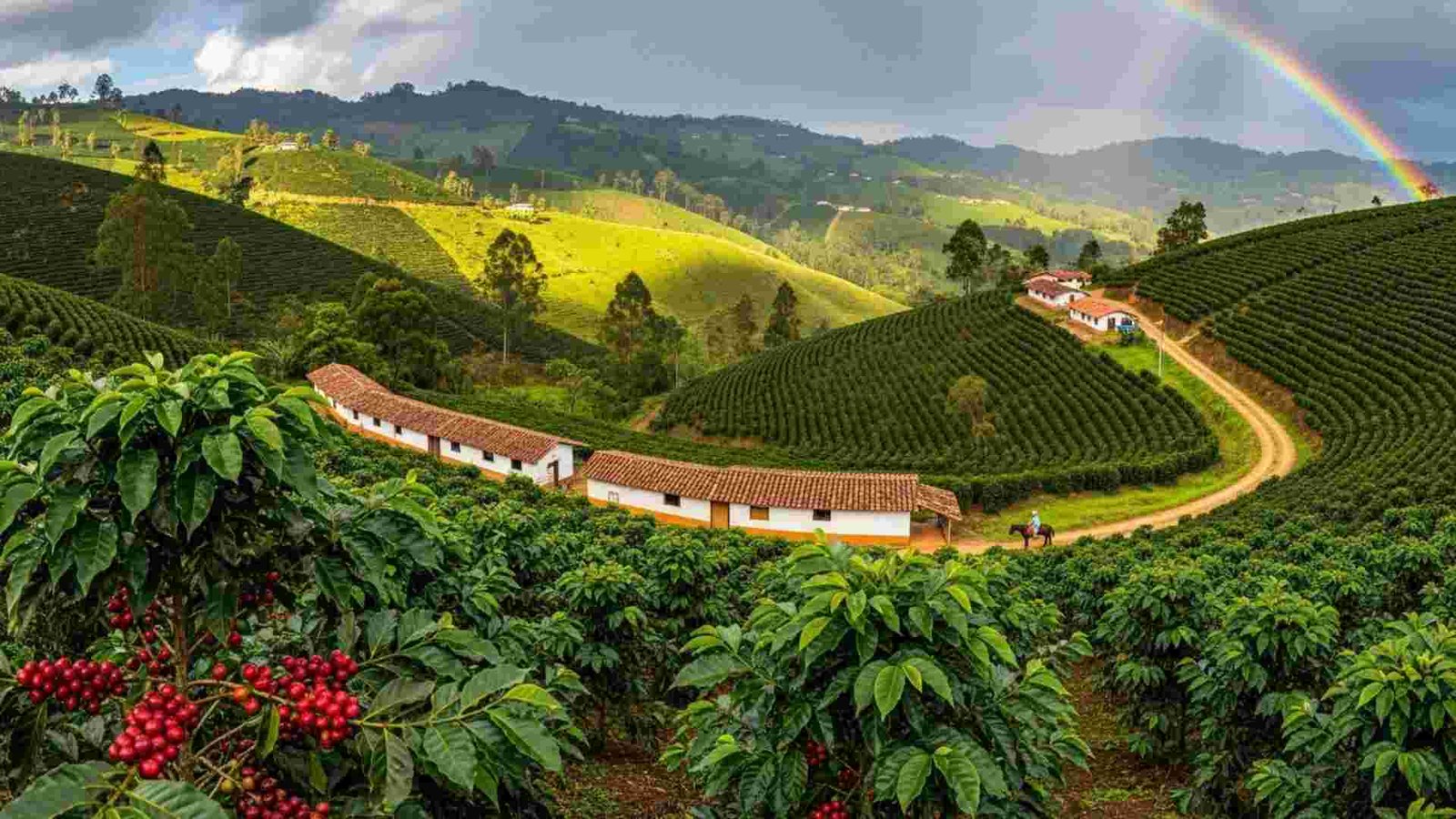
when most people think of Colombia, they picture Cartagena or Medellín, but the Eje Cafetero—the Coffee Triangle—is a hidden paradise that will completely surprise your group. It’s Colombia’s lush heartland, where the Andes mountains rise up to greet vibrant coffee farms and small, colorful towns. Manizales, Salento, and Armenia are the main towns in the region, each offering a completely different vibe but all sharing one common theme: coffee.
the Coffee Region isn’t just about sipping a cup of coffee on a scenic veranda—though, of course, that’s a must. It’s about seeing where and how the world’s best coffee is grown and processed. Your group can go on coffee tours to the farms, experiencing the whole process from bean to cup. The region is also home to unbelievable hiking spots, like the Cocora Valley, with towering wax palms (the national tree of Colombia) creating an otherworldly landscape.
Practical Information
- Best Time to Visit: December to March is the dry season, offering perfect weather for outdoor activities. However, the region’s climate is cool and pleasant year-round.
- Getting There & Exploring: Fly into Armenia or Pereira and use buses or rented vehicles to explore the coffee towns. For an authentic experience, take local jeep rides to reach some of the more remote farms.
- Ideal Duration: 4–6 days. A shorter visit allows you to experience coffee culture, explore the natural landscapes, and try local activities like horseback riding through coffee plantations.
- Budget Tip: Stay in local eco-lodges or farm stays, where you can get a full farm-to-table experience at a reasonable price. These accommodations often include meals and tours of the farm, making it an immersive (and affordable) experience.
- Photography Moments: The sunrise over the coffee farms, trekking through the Cocora Valley, and capturing the colorful town squares all make for unique, vibrant shots.
Conclusion
friendships can sometimes feel harder to maintain, but the right group trip can rekindle those bonds and create lasting memories. Whether you’re exploring the serene canals of the Mekong Delta, hiking through Colombia’s Coffee Region, or lounging on the beaches of Greece, these destinations offer the perfect mix of adventure, relaxation, and culture to help you reconnect with old friends. Travel brings us closer, and these destinations, rich in unique experiences and untold stories, are the perfect backdrop to rediscover the joy of shared moments and deepen your friendships.



